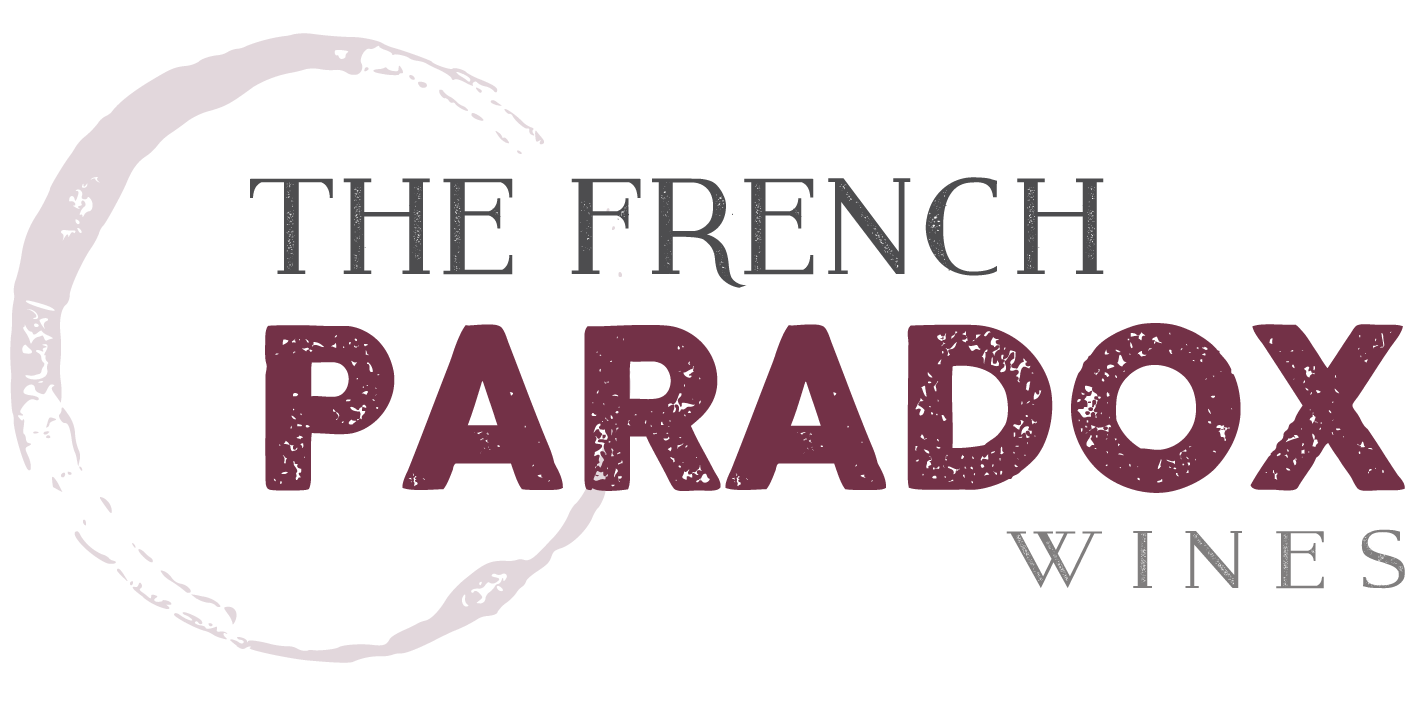Wine is endlessly fun to be around, especially because of all the goofy, pretentious, know-it-alls who delight in exclaiming that their wine sensibilities are superior to yours.You know who they are; you’ve heard them take up every ‘cutting edge’ wine position possible…California Great! (1976), Bordeaux the Best! (1982), 100 Pt Wine! (1990), Garagistes! (1995), The Rhone is King! (1998), California Sucks! (1998), Vintage of the Century! (2003, 2005, 2010).
You’ve yawned while they drop names (Parker, Helen Turley, Harlan, Guigal, Screaming Eagle, Thienpont), declined when they’ve offered you half of their ‘allocation’, and scratched your head when the bottle that they brought to dinner (from the vintage of the century, of course) smelled and tasted like wet cardboard. (They said it was great, just needed some time).
Well, now they’re all about natural wines.
Yes, the latest, greatest, wine fad; the next big wine thing!; the trend that all the early adopters are ga-ga about…are natural wines. Wines made with very limited intervention from the winemaker, no use of chemicals (but not necessarily organic), only ambient yeasts, picking at reasonable ripeness levels…in other words, doing as little as necessary to the grape in order to make the wine.
 Or, precisely as wines has been made for centuries.
Or, precisely as wines has been made for centuries.
Natural wines aren’t new…they’re old! Just like the farm-to-table trend isn’t new; farmers were showing up and selling directly to restaurants when I started in the biz in the 70’s and for about a 1000 years before then. All wines were made naturally before, oh about, 1950 or so. Around then, big changes started happening in the world, and these changes affected how wines were made. Among those were refrigeration and the growth of chemical synthesis. Science moved the needle in a big way (remember when we believed in science?! Wow, those were the days, my friends!) and businesses (including the wine business) used newly discovered tools and efficiencies to make many things cleaner, cheaper, and more cohesive. Wines used to be a mystery, the vintage mattered, storage mattered, terrior mattered, aging mattered. Then ripeness roared its ugly head and only power and points mattered. And power and points were made by science.
So, now we’re going back. Fine. Many of us have been supporting the non-commodity wineries for years. We never turned our back on minimalist traditions. The Parkerites, the score-whores, thought we were Luddites who just didn’t understand the Brave New World of Wine, where alcohol, purple teeth and King Cab ruled.
But here’s the problem with this old/new trend towards natural wine…if you like your wine juicy and fruity; if you like to trust the label; if for you, wine is more like a ‘cocktail’ than a supplement to your meal; you probably won’t enjoy these old/new wines. The Brave New World of Wine was/is all about smoothing over the rough spots of wine, removing the stress of vintages, eliminating the requirement for aging. More fruit/less acidity/more flavor/less subtlety. The old/new natural wines are/will be delightfully inconsistent, wonderfully weird, and lovingly austere. They will change from bottle to bottle; sometimes being a bit effervescent (volatile), oddly colored (brick-ish) and tart and astringent. Wines that I might like. But you might not.
So tell your cutting edge wine friend that you’re not going back; or that you’ve never left. Tell him that the natural fad is not only not at all new but in direct conflict to his worship at the altar of the Score-God. Tell him, in wine, as in life, he can’t have his wine and drink it too.
